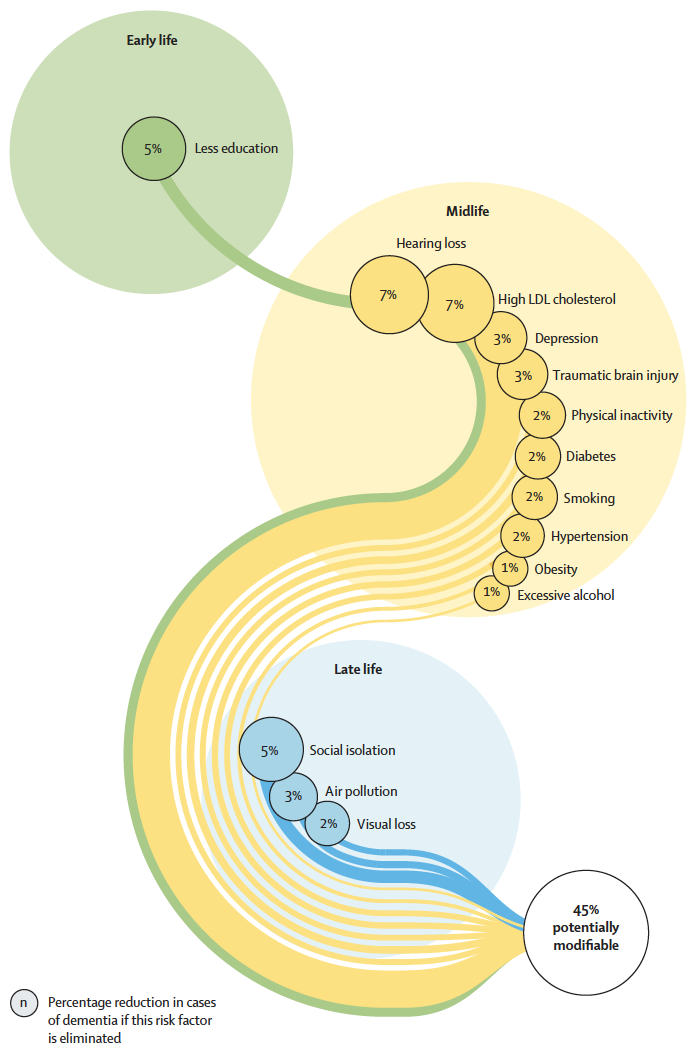
Why Cross Training Is So Good for Our Brains – And How To Do It
Cross training is a well-accepted and popular method in physical fitness. Did you know the benefits of a cross training approach apply to brain training as well?
There is no question that any effective brain wellness program must include cross training. In fact, our TBH Blueprint is uniquely based on the very principles of a cross training approach.
Why cross train our brains? Because the state of the science brain health research demonstrates that doing so helps us fully reap the benefits of cognitive fitness interventions. When we talk about being brain healthy, we are really talking about two different but equally desirable outcomes. First, we are looking to maintain everyday intellectual function, such as attention, speed of thinking, multi-tasking, and of course memory. Second, we seek ways to reduce our risk for serious memory loss and maintain cognitive vitality as we age. When we look at the science behind what keeps our minds sharp and our brains healthy, it is clear we need to engage in many different activities across wellbeing to work towards both these goals. Since cross training is best defined as “training across disciplines,” is a very apt way of describing exactly what we need to do.
What should we look to cross train in our brain fitness programs? Here are some suggestions you can use in your practice with clients, and even for yourselves!
Train Across Body, Mind and Spirit
A brain fitness program should first start with a good look at what brain healthy behaviors we can promote across wellness that support cognitive fitness. Is more aerobic activity called for? Greater opportunities to learn how to manage stress? While we might not initially conceive of such changes as “brain training” they are critical to better brain performance and vitality. Road maps like our TBH Blueprint are a good way to understand what it takes to develop and deliver a best practices brain fitness program based on the current science.
Train Across Skills, Stretch, and Strategy
Cross training the brain also requires workouts that tap the distinctly different ways we should engage intellectually. We refer to these as the three “S”s of Brain Health: Skills, Stretch, and Strategies. First, research indicates that targeted training can help us better maintain the intellectual skills we need to function well daily that are challenged by aging and lifestyle. Second, “stretching” our brains with intellectually stimulating activities has been linked to reduced dementia risk over our lifetimes, suggesting that they may have a protective effect. Finally, we need to effectively use strategies to help us learn and retain information such as names (everyone’s top memory complaint!), conversations and more. Since most interventions do not fully address all of these areas, we must cross train across these “S”s with different workouts for best outcomes.
Train Across Cognitive Skills
Speaking of those intellectual skills, the research shows that we must train across them as well. Findings from the ACTIVE study as well as other research demonstrate again and again that we can improve our cognitive skills through training. However, the improvements seen are specific to the skill we train. Any solid cognitive training program must provide a balanced training across all those skills — from attention to memory to problem solving — in order for it to truly meet these objectives.
What’s the bottom line? When it comes to better brain health, cross training is everything. It is a core principle of our Total Brain Health methodology, and is the best way for us to put the full weight of the science into actionable steps to promote better brain fitness for those we serve and for ourselves.



